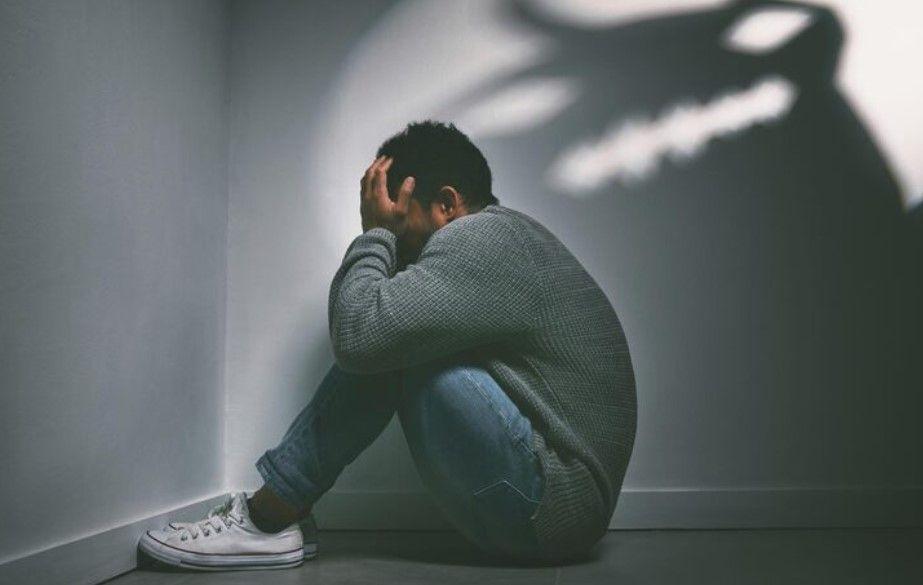Navigating Doubt and Unbelief: A Journey Toward Understanding
Author name
Doubt and unbelief are often seen as negative forces—disruptors of faith, clarity, or progress. Yet, these states of mind can also serve as signposts for deeper exploration, critical thinking, and personal growth. Whether rooted in spiritual questions, life purpose, or relationships, learning to navigate doubt and unbelief is essential for living a conscious, meaningful life.

The Nature of Doubt and Unbelief
- Doubt is a feeling of uncertainty, often arising when our experiences challenge our beliefs or assumptions.
- Unbelief goes further, implying a rejection or absence of belief, which may stem from disillusionment, trauma, or a philosophical stance.
Both are natural responses to complexity. Far from being weaknesses, they can be gateways to deeper understanding and transformation.
Why We Struggle With Them
- Fear of instability – Doubt shakes our foundations, making us feel exposed or directionless.
- Social pressure – In environments that value certainty, expressing doubt may be seen as weakness.
- Inner conflict – We may be torn between intellectual honesty and emotional loyalty to our values or communities.
Reframing the Narrative
Instead of viewing doubt as a detour, consider it part of your evolution:
- From disillusionment to clarity – Sometimes belief must be dismantled before it can be reconstructed.
- From stagnation to movement – Doubt can push us to ask better questions and grow past comfort zones.
- From isolation to connection – Sharing our uncertainties can foster authentic relationships.
Conclusion
Doubt and unbelief don’t have to be crises. They can be invitations—nudges toward deeper truth, honest connection, and self-renewal. Navigating them with compassion and curiosity allows us not only to understand the world more fully but also to inhabit our own lives with greater authenticity.
CATEGORIES

Sexual violence remains widespread, with over 50% of women and 30% of men affected. Male survivors face legal and cultural barriers, especially in patriarchal societies like the Philippines. Advocacy is shifting toward inclusive survivor support, consent education, and trauma-informed justice systems.

PTSD affects millions, with 70% of people experiencing trauma in their lifetime. Treatments like CBT, EMDR, and VR exposure therapy show promise, with response rates up to 85%. APA guidelines now emphasize contextualized care and symptom diversity. Psychedelic-assisted therapy is gaining traction in clinical trials.

Sexual violence remains widespread, with over 50% of women and 30% of men affected. Male survivors face legal and cultural barriers, especially in patriarchal societies like the Philippines. Advocacy is shifting toward inclusive survivor support, consent education, and trauma-informed justice systems.

PTSD affects millions, with 70% of people experiencing trauma in their lifetime. Treatments like CBT, EMDR, and VR exposure therapy show promise, with response rates up to 85%. APA guidelines now emphasize contextualized care and symptom diversity. Psychedelic-assisted therapy is gaining traction in clinical trials.

Physical abuse remains pervasive, especially among elderly and women in intimate relationships. In the Philippines, 17.5% of women aged 15–49 report violence from partners. Legal frameworks are evolving, but cultural stigma and underreporting hinder justice. Advocacy focuses on intersectional approaches and trauma-informed law enforcement.

With over 280 million affected, depression remains a leading cause of disability worldwide. Suicide rates are rising, especially among underserved populations. Innovations include AI-enhanced diagnostics, peer-led support models, and psychedelic-assisted therapy trials. The urgency for systemic reform and funding is louder than ever.

Therapy is more flexible, inclusive, and tech-enabled than ever. Virtual platforms are mainstream, and early intervention for youth is a global priority. Counselors now integrate creative modalities, cultural sensitivity, and trauma-informed care. The APA highlights political shifts and systemic reform as key influences on the field.

Anxiety disorders remain the most common mental health condition globally, affecting over 300 million people. Gen Z leads the charge for transparency and access, but care gaps persist. Trends include mindful tech, radical stability, and community-based interventions. Sleep optimization and digital detoxing are emerging self-care strategies.

Anger is no longer seen as a personal flaw—it’s a public health concern tied to cardiovascular risk, substance abuse, and violence. With rising workplace aggression and online hostility, 2025 emphasizes emotional regulation training, restorative justice, and trauma-informed conflict resolution. New research links gut health and exercise to mood stabilization.



